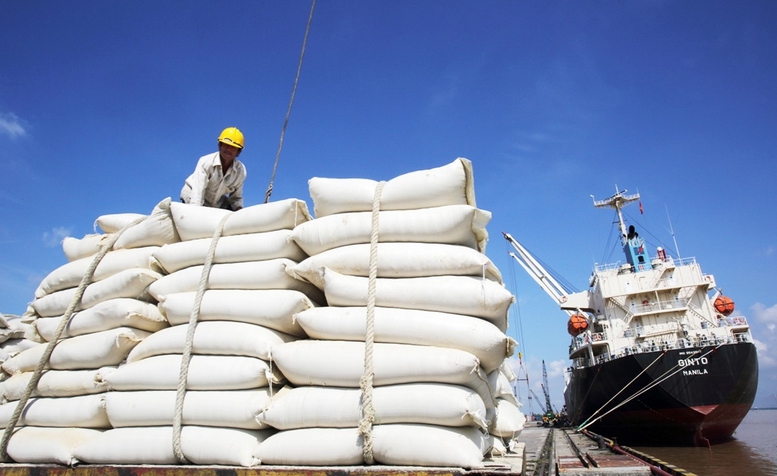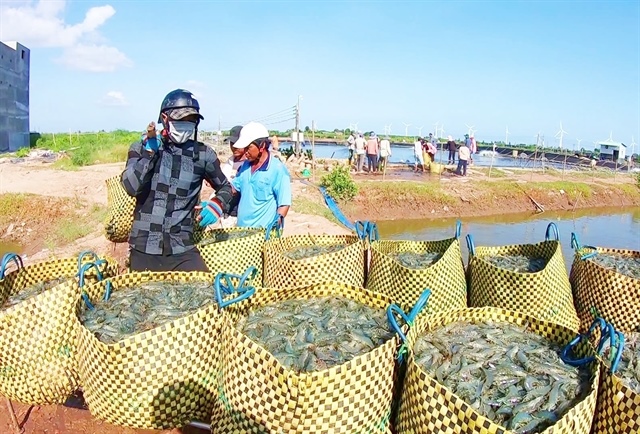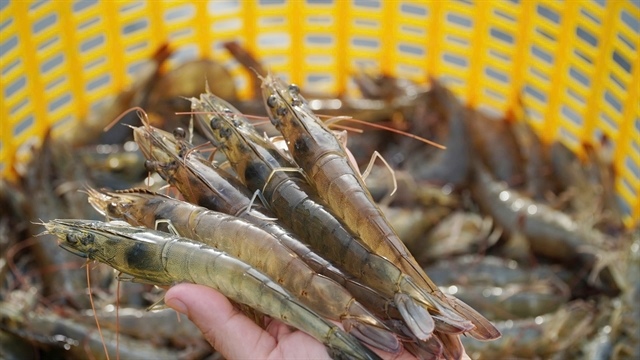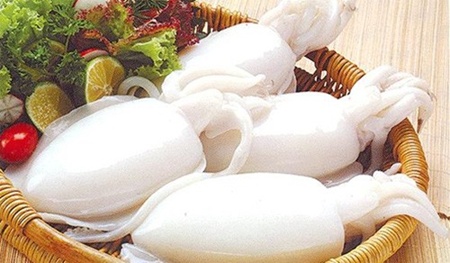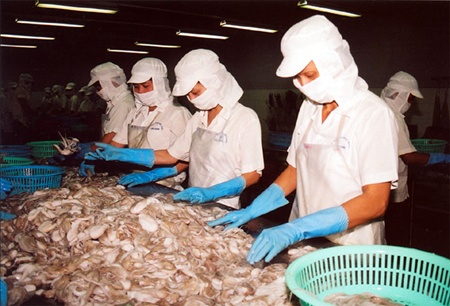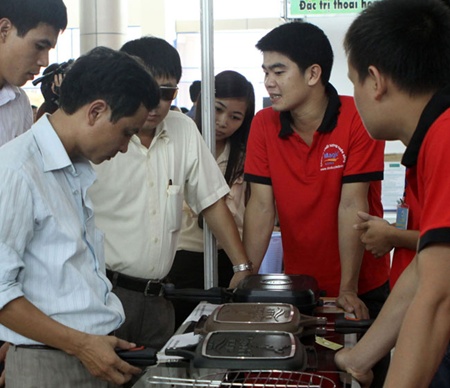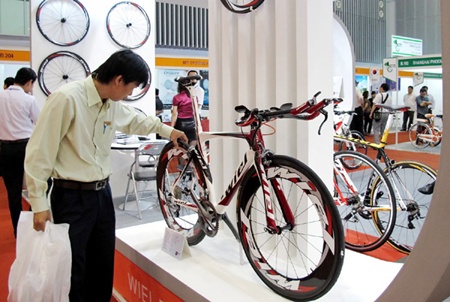Experts target growth in aquaculture sector
Experts target growth in aquaculture sector
Higher demand for seafood will require the aquaculture industry in the Asia-Pacific region to adopt sustainable practices in governance, harvesting, marketing, education and value chain, speakers noted yesterday at a conference held in HCM City.
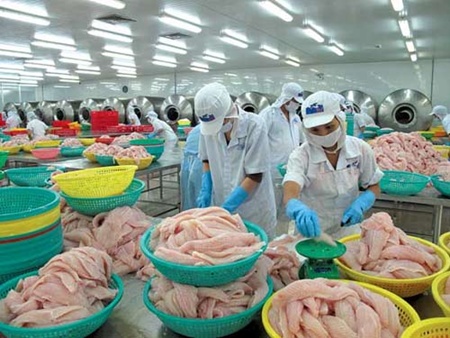
Speaking at the Asian-Pacific Aquaculture Conference and Trade Show, Cao Duc Phat, Minister of Agriculture and Rural Development, said that aquaculture in the Asia-Pacific region had an average annual growth rate of 6.5 per cent, much higher than elsewhere in the world.
In 2010, aquaculture production in the region reached 53.1 million tonnes, contributing 89 per cent of global aquaculture production and 80 per cent of total global aquaculture value.
"The estimated average consumption rate of fish in the region is 29 kilos per capita per year, equivalent to 116 million tonnes per year," he said.
As demand for seafood continues to surpass supplies of wild-caught fish and seafood, aquaculture will be the only serious solution to meet the increasing demand, Phat said.
"Sustainable aquaculture development will become more of a priority in the regional countries," he said.
However, numerous challenges exist, including lack of health management and outside pressure from "informed consumers and certification issues", according to Amrit N. Bart, director at the Asian Institute of Technology.
"Asian aquaculture is increasing and is profitable, but we produce more dead fish and shrimp than live product, and we are not getting the optimal margins from our value chain, nor are we working to do so," he said.
"We need to look at other areas and approaches to get our production and profitability to optimal levels," he added.
The event, which discussed how the industry could position itself for higher profits and will end on Friday, provides a platform for the international aquaculture community to discuss opportunities and challenges faced by the industry.
Pham Anh Tuan, deputy director of the General Department of Fisheries, said Viet Nam's aquaculture industry had developed strongly in the past in terms of both production and export.
However, the industry had encountered challenges such as high disease prevalence, high production costs, and strict requirements set by import markets. Climate change, weak value-chain linkages and financial problems are other obstacles.
"Disease is one of the biggest challenges for sustainable development of our aquaculture industry," he said, adding that disease outbreaks had affected shrimp, pangasius and tilapia, causing huge losses for farmers.
To overcome challenges, he said better control of disease was needed as well as improved feeding management.
Promoting linkages between stakeholders in the industry is also necessary to reduce production costs and improve the value chain.
The industry plans to promote the use of GAP (Good Agricultural Practices) standards to satisfy strict requirements from import markets.
It also plans to conduct more research on breeding that would be adaptive to climate change, including creating saline-adapted and disease-resistant strains.
David Hughes, emeritus professor of food marketing at Imperial College London, said future demand for fish and seafood would continue to increase in both emerging and developed countries.
"Shoppers in developed countries respond well to better range, quality and convenience, less ‘fishy fish', and customer service in-store," Hughes said.
Therefore, exporters should focus more on exporting highly processed products to developed markets, he said.
Viet Nam's seafood exports reached US$6.1 billion last year and is expected to top $6.7 billion this year, Tuan said.
Viet Nam's total aquaculture production last year was 3.27 million tonnes, accounting for 55.2 per cent of the total fisheries production.
This was an increase of 7.2 per cent over 2011. Viet Nam is ranked third in aquaculture production volume in the Asia-Pacific region, and is set to be one of the top 10 seafood-exporting countries.
vietnamnews


